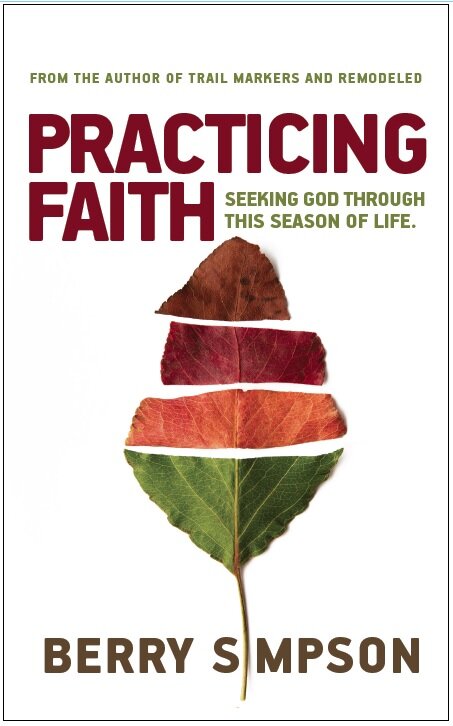What Sort Of Story
/On our first hike up Guadalupe Peak, October 2003, it was just Cyndi and me. We were at the top enjoying lunch, looking through the log book, reading comments from other proud hikers, when I asked Cyndi what she would write. Her eyes twinkled and she quoted Sam Gamgee: “I wonder what sort of story we’ve stumbled into?” We had no idea we’d still be hiking this mountain fourteen years later. It turned out to be a big story after all.
Last Saturday we hiked the Peak again, this time with eighteen Iron Men and family. The hike was as hard as ever. It never gets easier. I kept asking myself the same question, which is the same question we were all asking ourselves: Why am I still doing this?
Climbing to the top of a mountain is a satisfying experience. There is a definite goal to achieve, and the goal is easy to evaluate. But hiking to the top of this particular mountain is not easy. The first hour is hot and steep and hard, a series of rocky switchbacks that gain elevation step after step. It is enough to send most casual hikers back down to their car. All you can do is put your head down and keep moving. There is no quick way to the top, no shortcuts, no secret passageways for people who buy the expensive tickets. You can’t conquer the Peak by reading or studying or going to workshops; you have to hike with your own two feet, and it is hard work.
Kathleen Norris wrote, “Enlightenment can’t be found in a weekend workshop. There is not such a thing as becoming an instantly spiritualized person.” She continued, “Americans seek the quick fix for spiritual as well as physical growth. The fact that conversion is a lifelong process is the last thing we want to hear.” (Dakota: A Spiritual Geography)
Maybe that’s one reason why I like taking groups up Guadalupe Peak, it’s a metaphor for how we achieve the most valuable things in life. It’s hard and long with no shortcuts or quick fixes.
Another reason I’m attracted to the Guadalupe Mountains is the view. It is spectacular - breathtaking in its raw unconcern for the hiker. As you stand at the summit and gaze across the desert for a hundred miles, there is nothing visible that’s friendly to man, nothing that cares whether or not humans cross. It’s complete, self-contained, and stingy, offering no comforts to sooth a human being. Oddly enough, it’s that very indifference that speaks to my heart. From Barbara Kingsolver: “Looking out on a clean plank of planet earth, we can get shaken right down to the bone by the bronze-eyed possibility of lives that are not our own.” (Small Wonder)
Here’s another reason: Hiking these desert mountains reminds us that we can push through almost anything hard, difficult, or painful if we have a compelling reason to not give up. During the last 25% of the hike when we’re all exhausted, our feet are sore, we’re dehydrated and long out of water, and we can see the parking lot way down there but there is no short cut back to the bus and there is no faster way down the mountain. Even then we keep moving.
Later, once we are all off the mountain, settled into our seats for the long drive back to Midland, the bus buzzing with stories, injuries, photos, and hearts joining together. That part of the trip is one of my favorite moments of the day. Sharing our stories makes us brothers.
We often say “without a scar we don’t have a story.” It is in the disasters, the injuries, the surviving, that our character is revealed and a simple set of facts morphs from timeline to story.
One of my favorite writers, Jonathan Katz, wrote, “I am coming to see life as a series of paths, some literal, some emotional, some in the nature of life – marriage, divorce, work, family. These paths take all of us to different places. Paths are important, they are the symbols of our lives, they mark the passages of time, they take us out of our lives or, sometimes, into it.” Since that October day with Cyndi in 2003, the trail up Guadalupe Peak has become one of my most important paths. Again, from Barbara Kingsolver, “We need to experience a landscape that is timeless, whose agenda moves at the pace of speciation and glaciers.” (Small Wonder)
This I’ve learned: God speaks to me most often when I’m moving and when I’m vulnerable. Dirt trails have become a big part of my spiritual journey, and being on top of mountains helps keep my eyes open to the larger, wider, wilder world.
At the bottom of the mountain, I thanked God for keeping us safe, for giving us the desire and ability to do this, and for giving us one more turn. I’m grateful that it’s his story we’ve stumbled into.
“I run in the path of Your commands, for You have set my heart free.” Psalm 119:32







